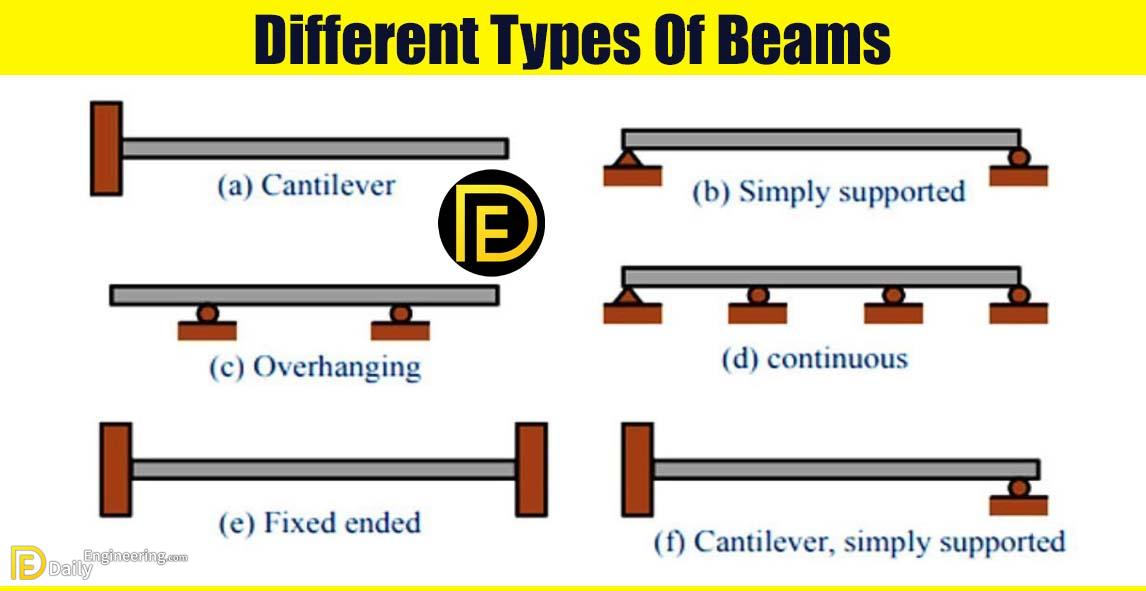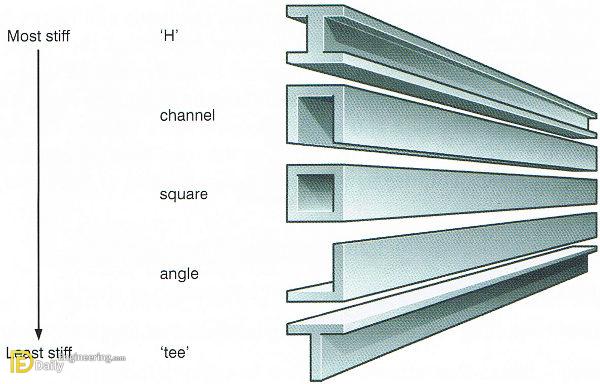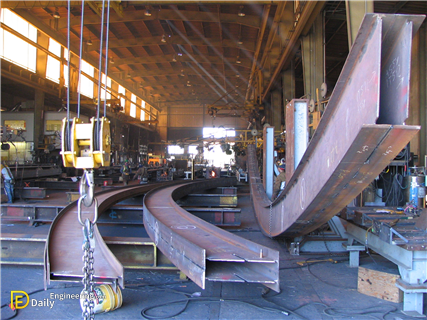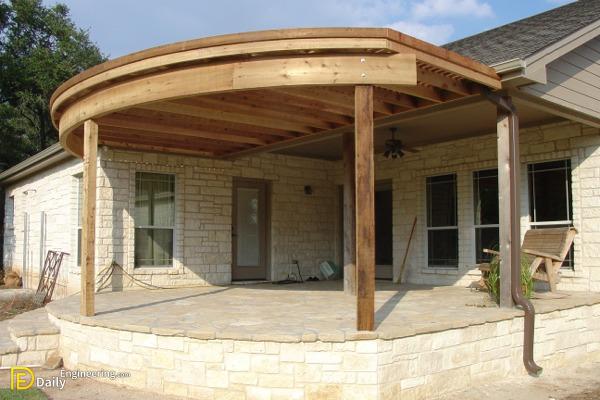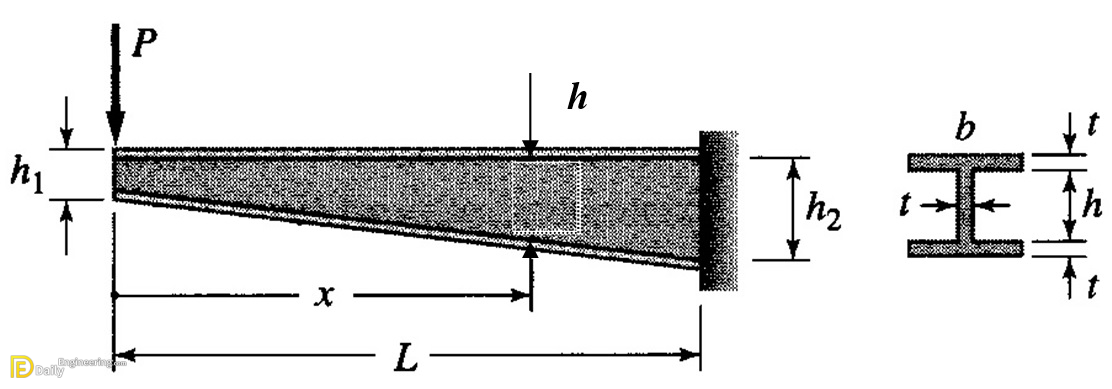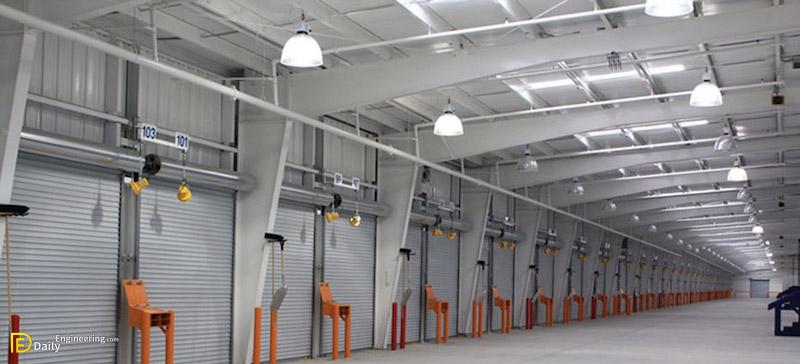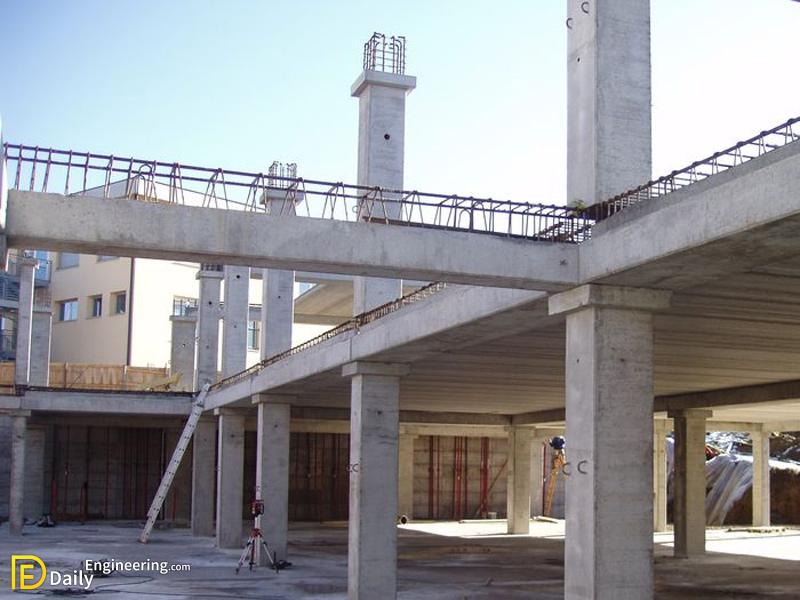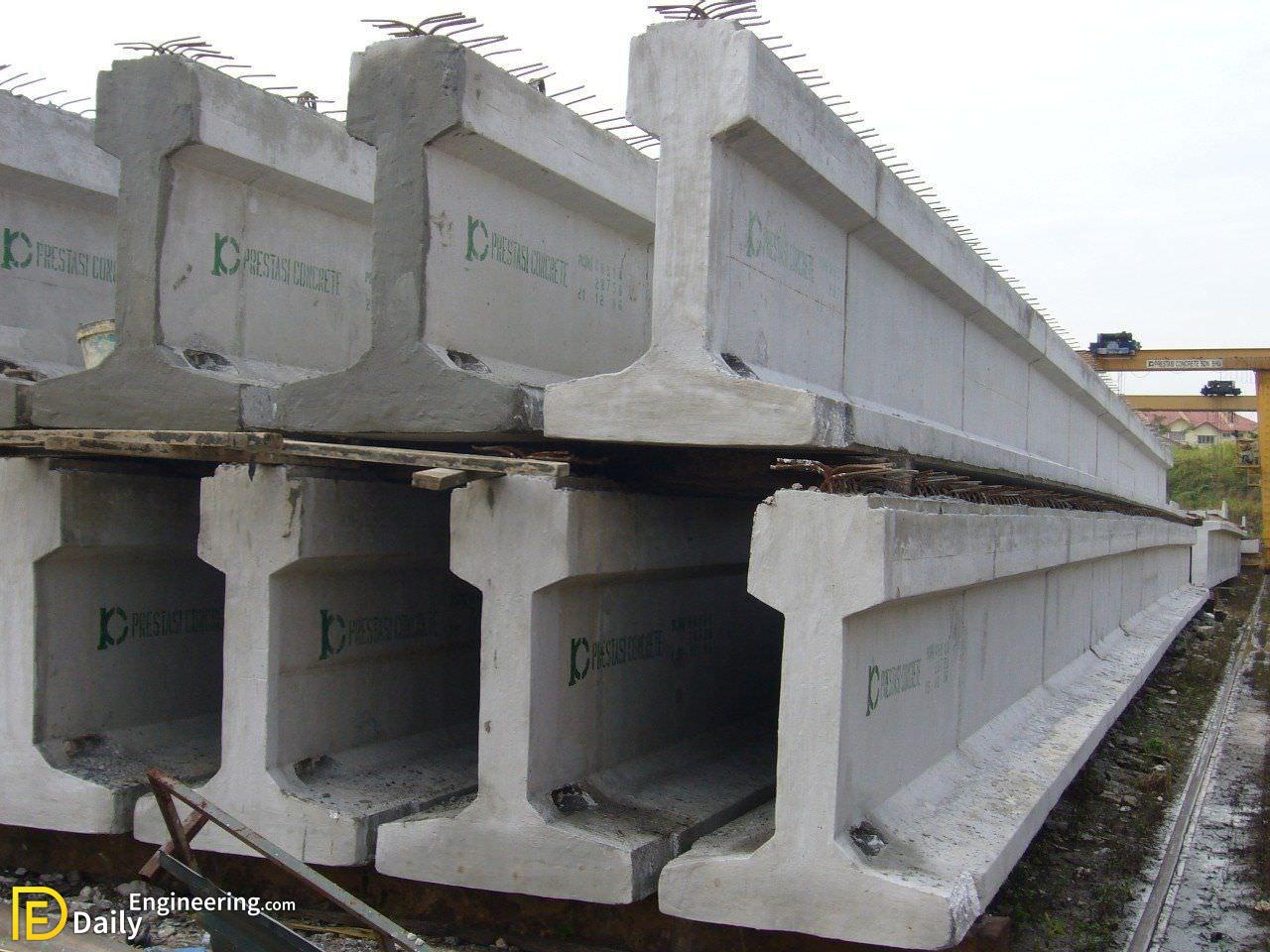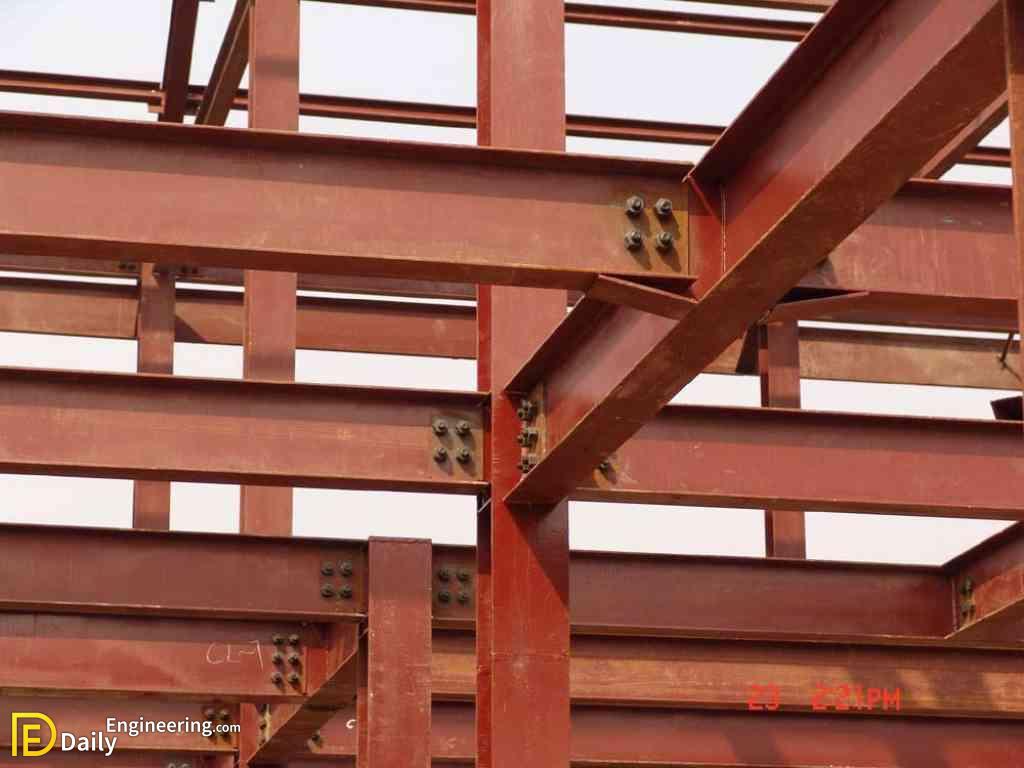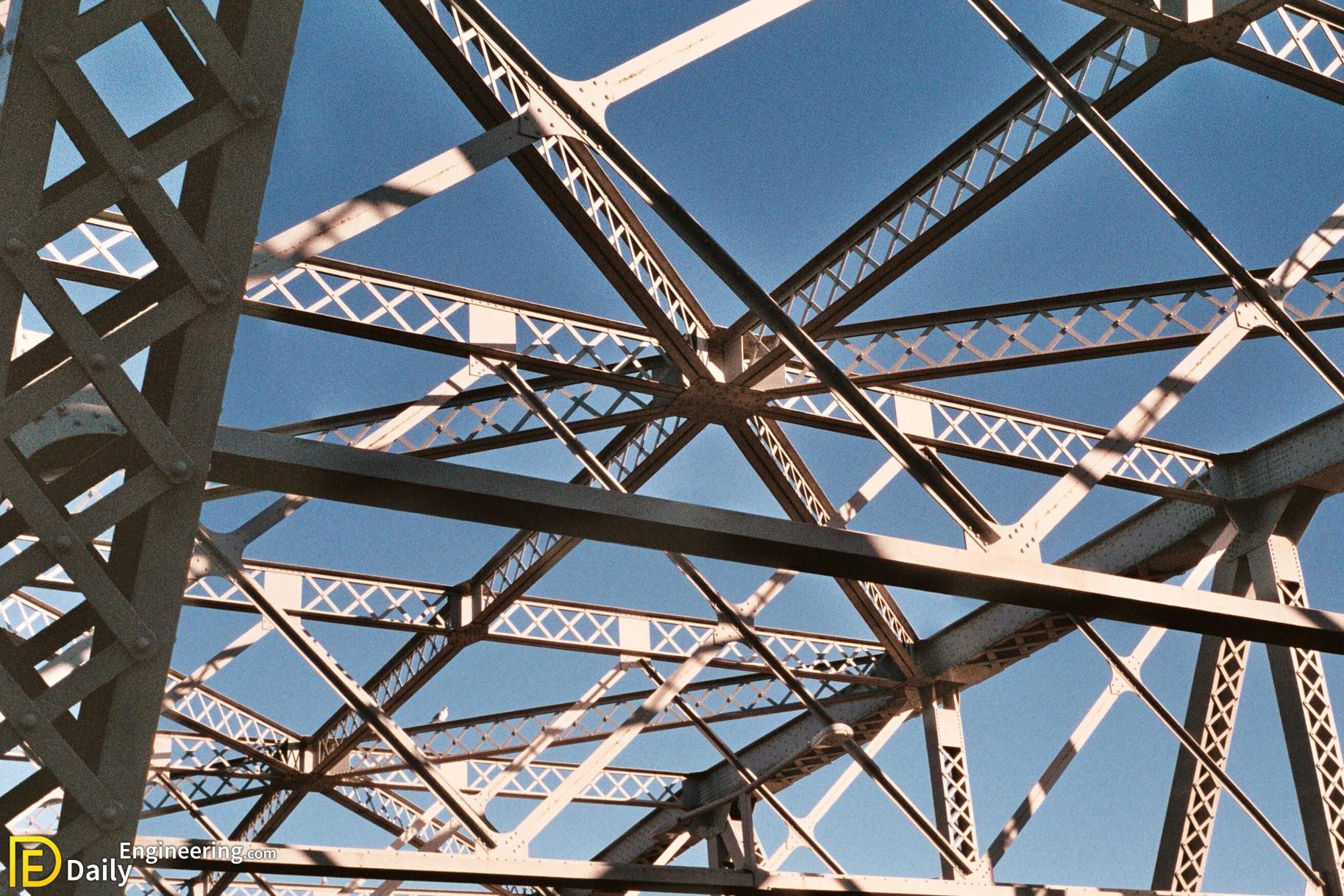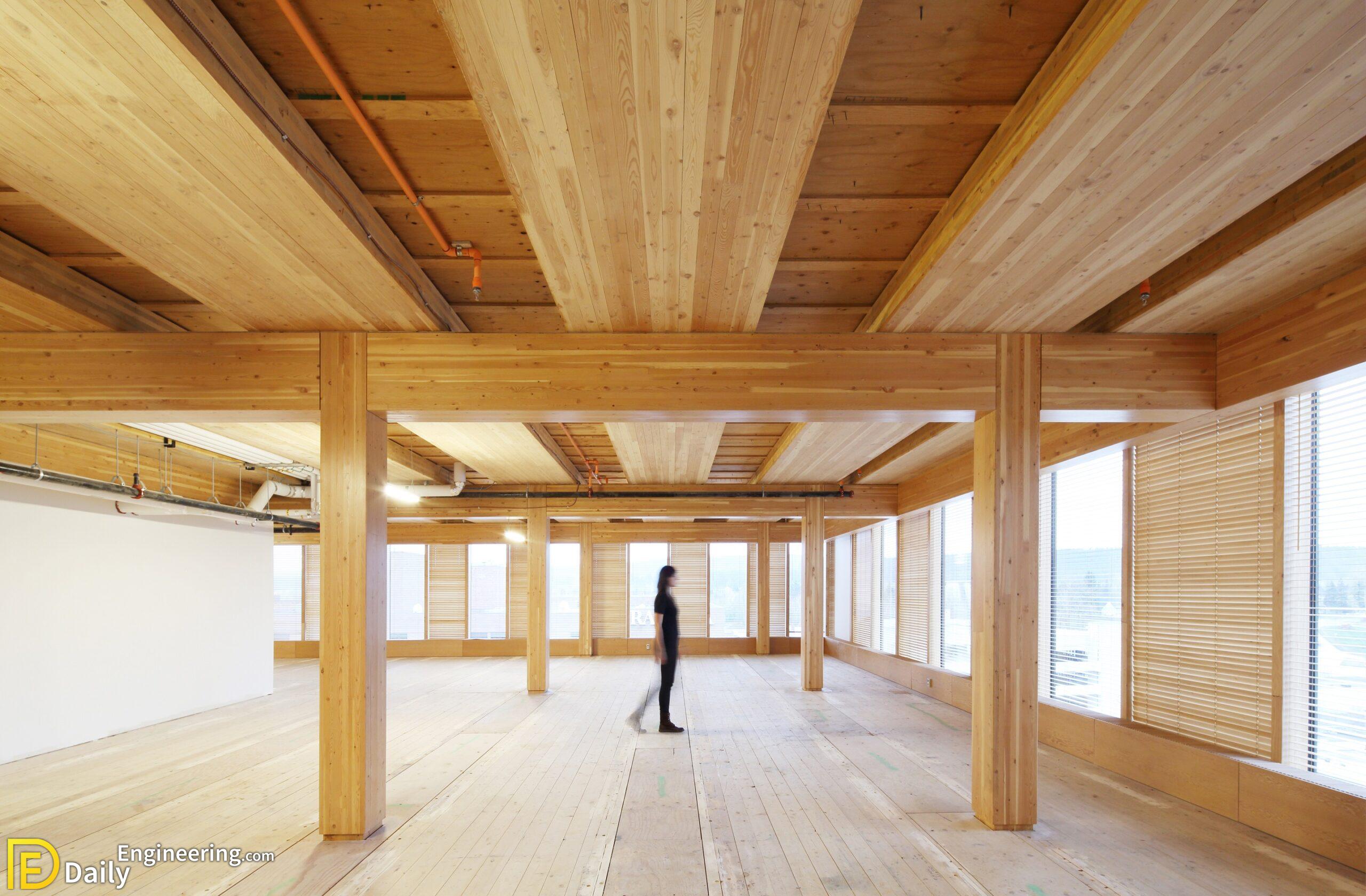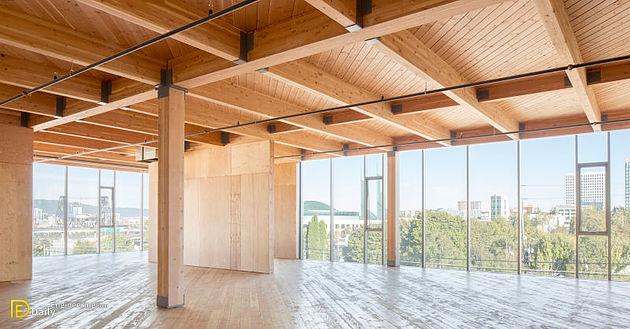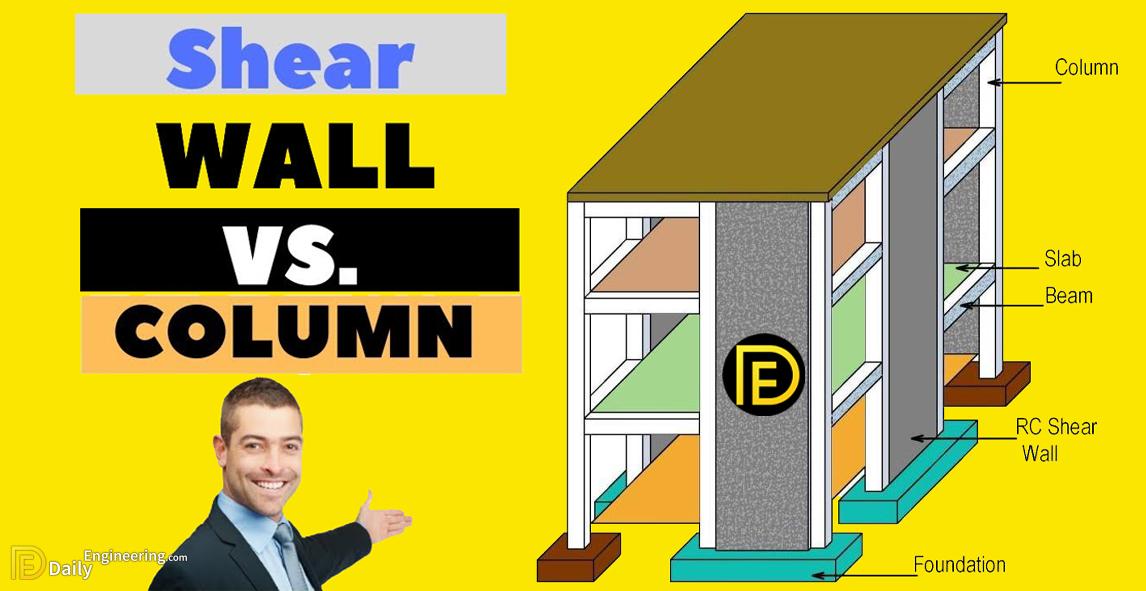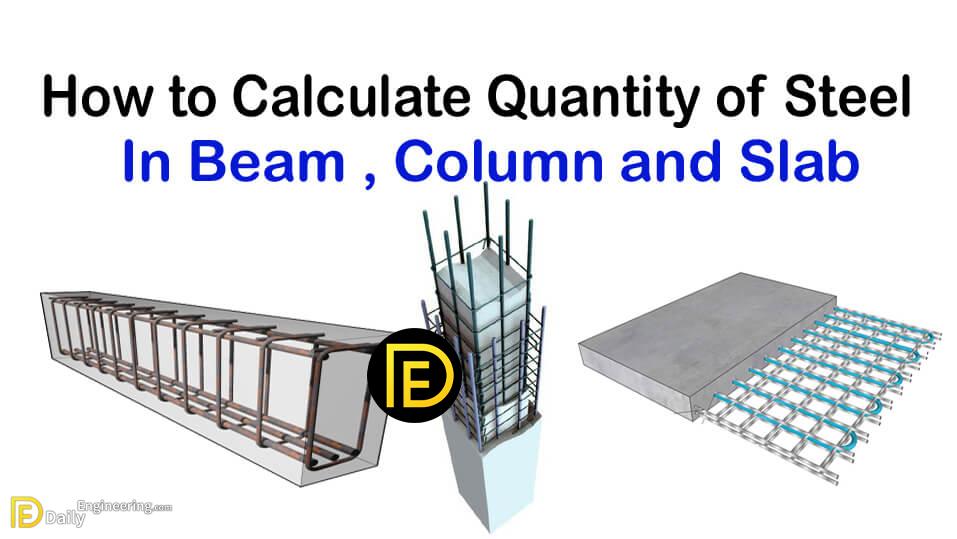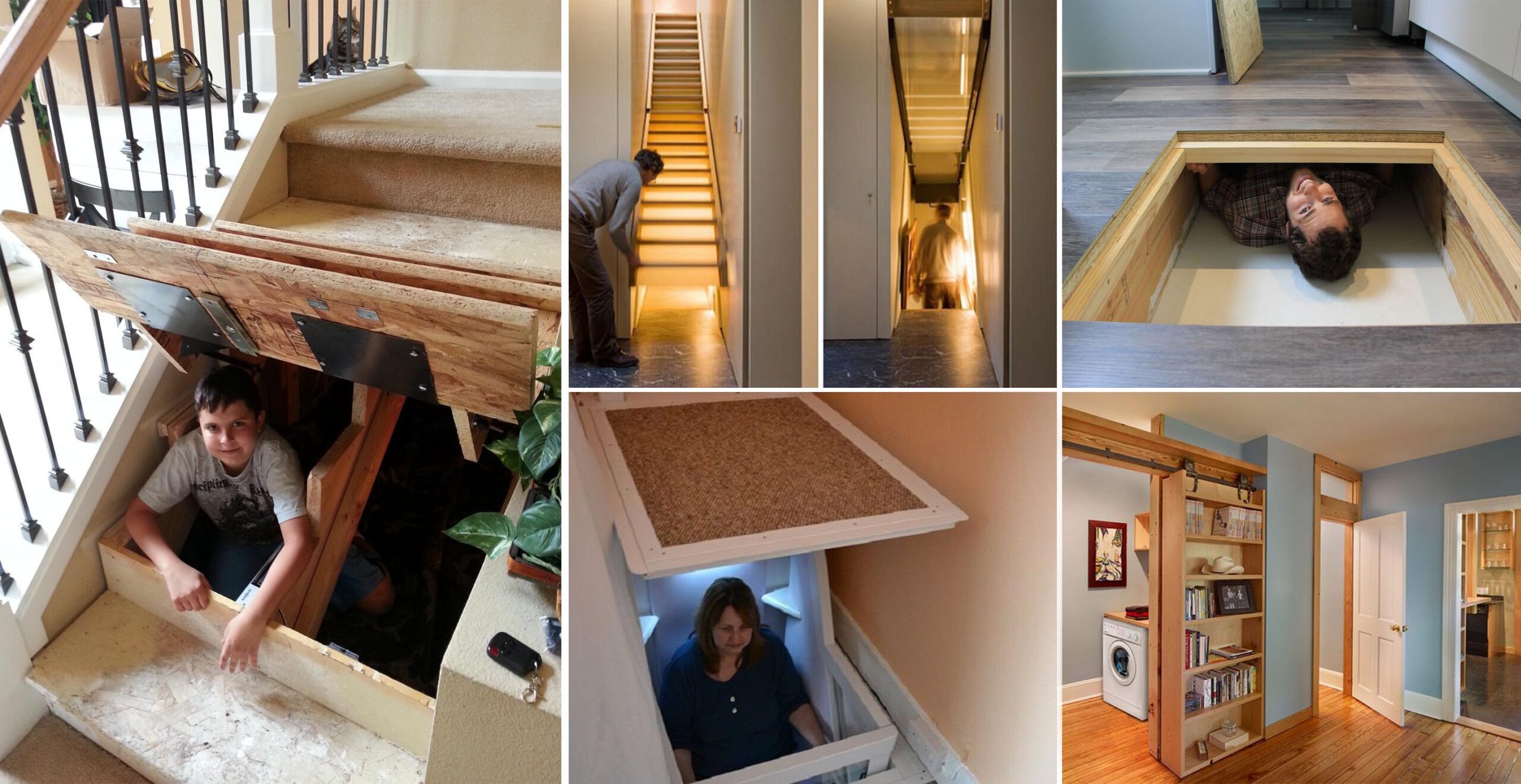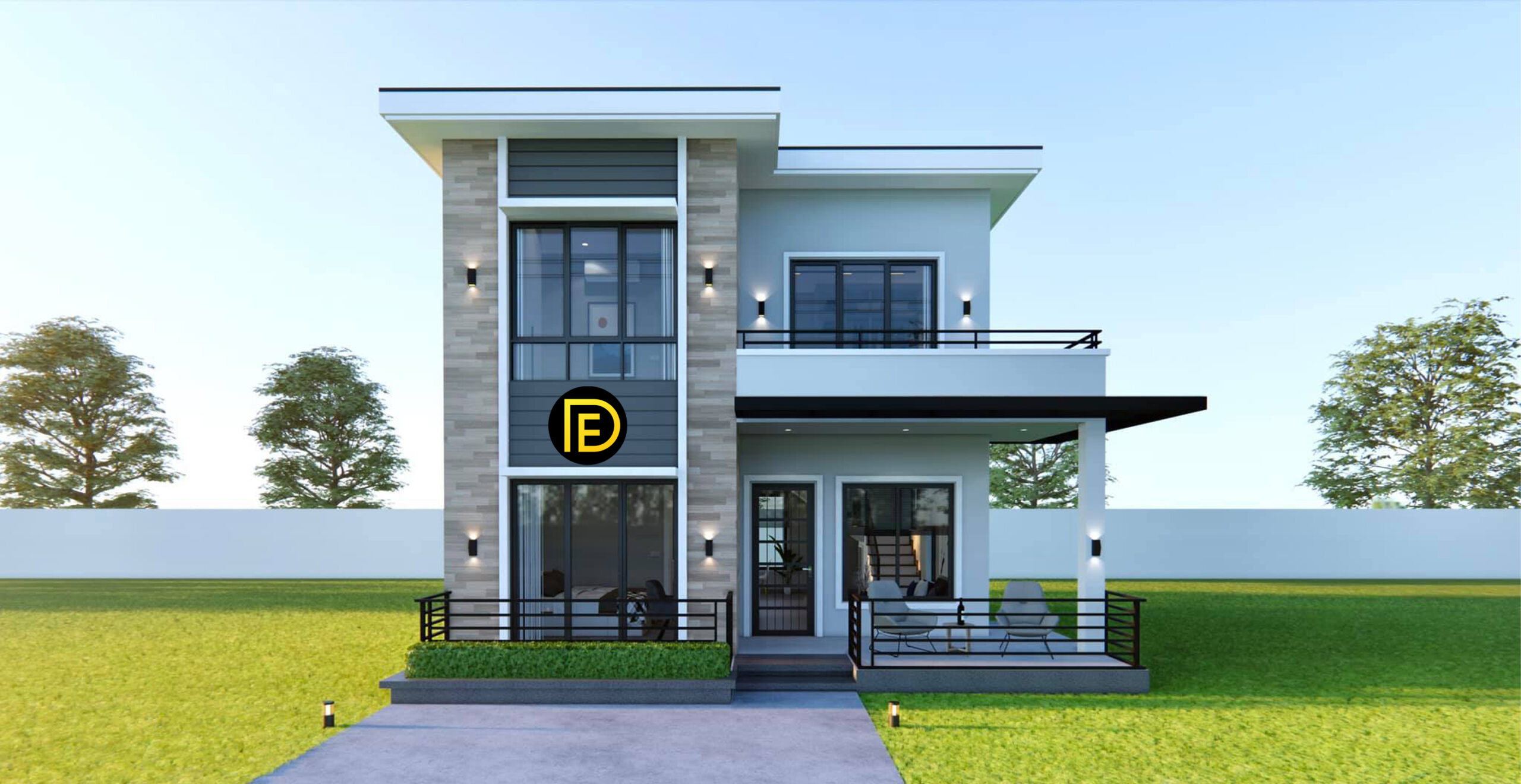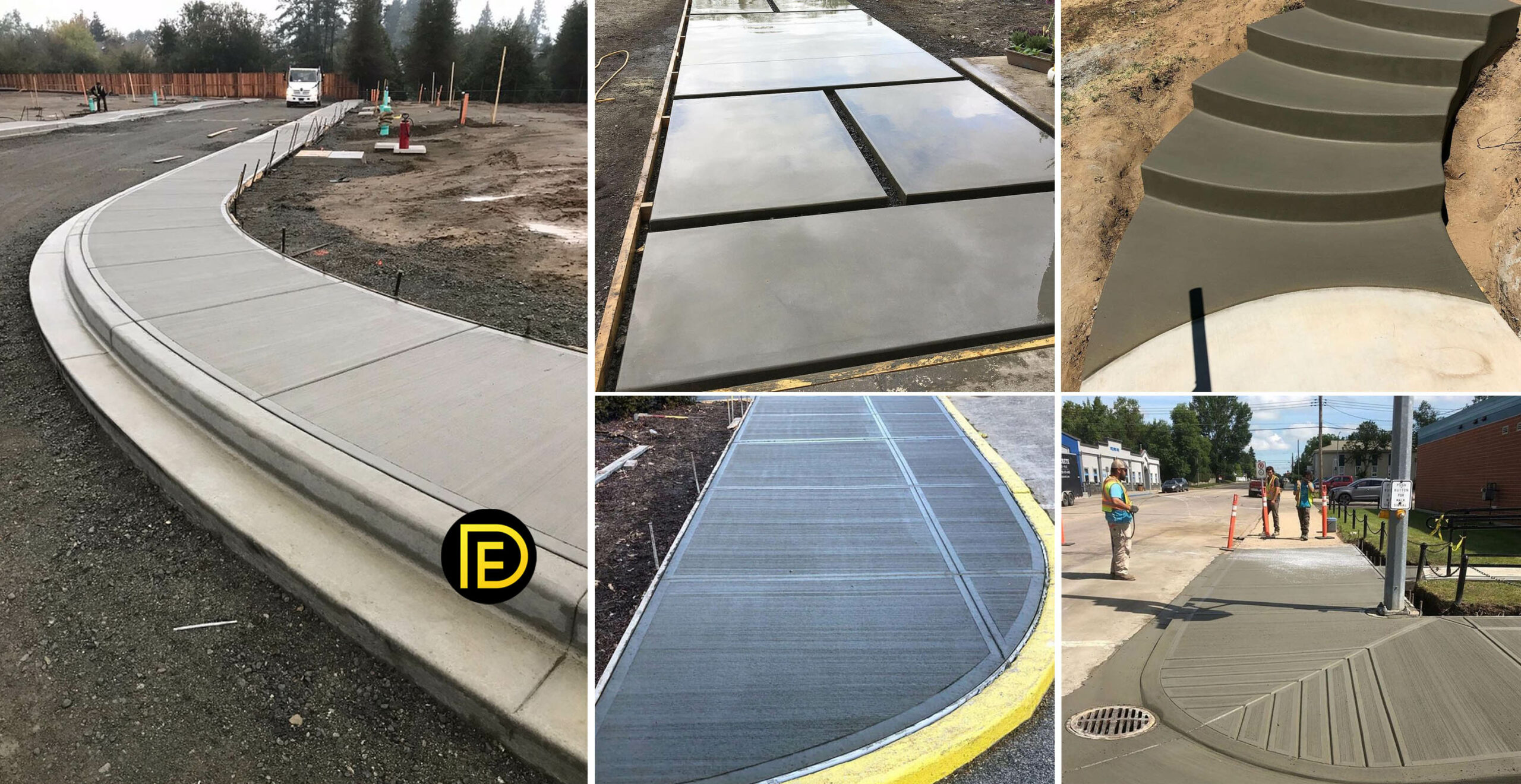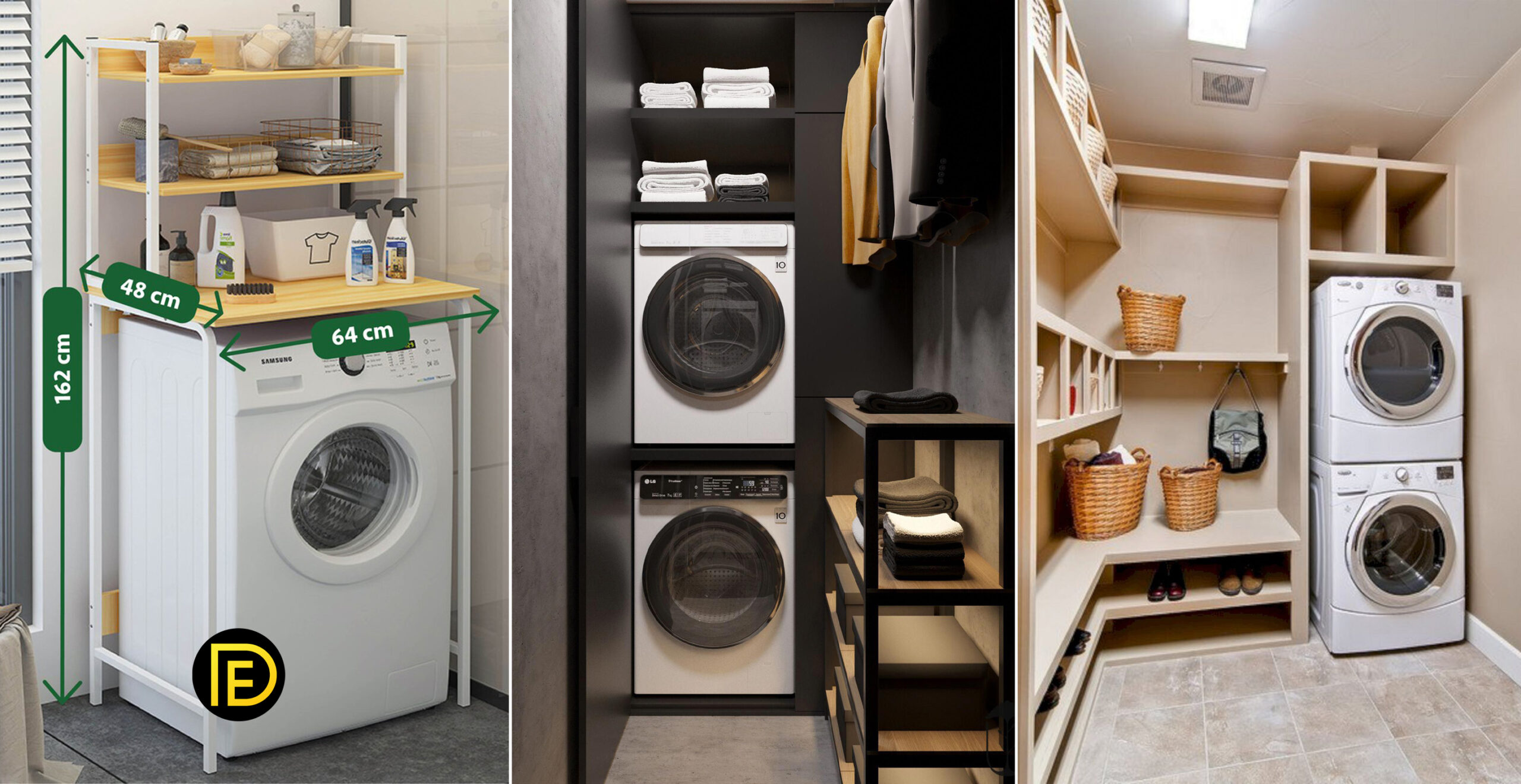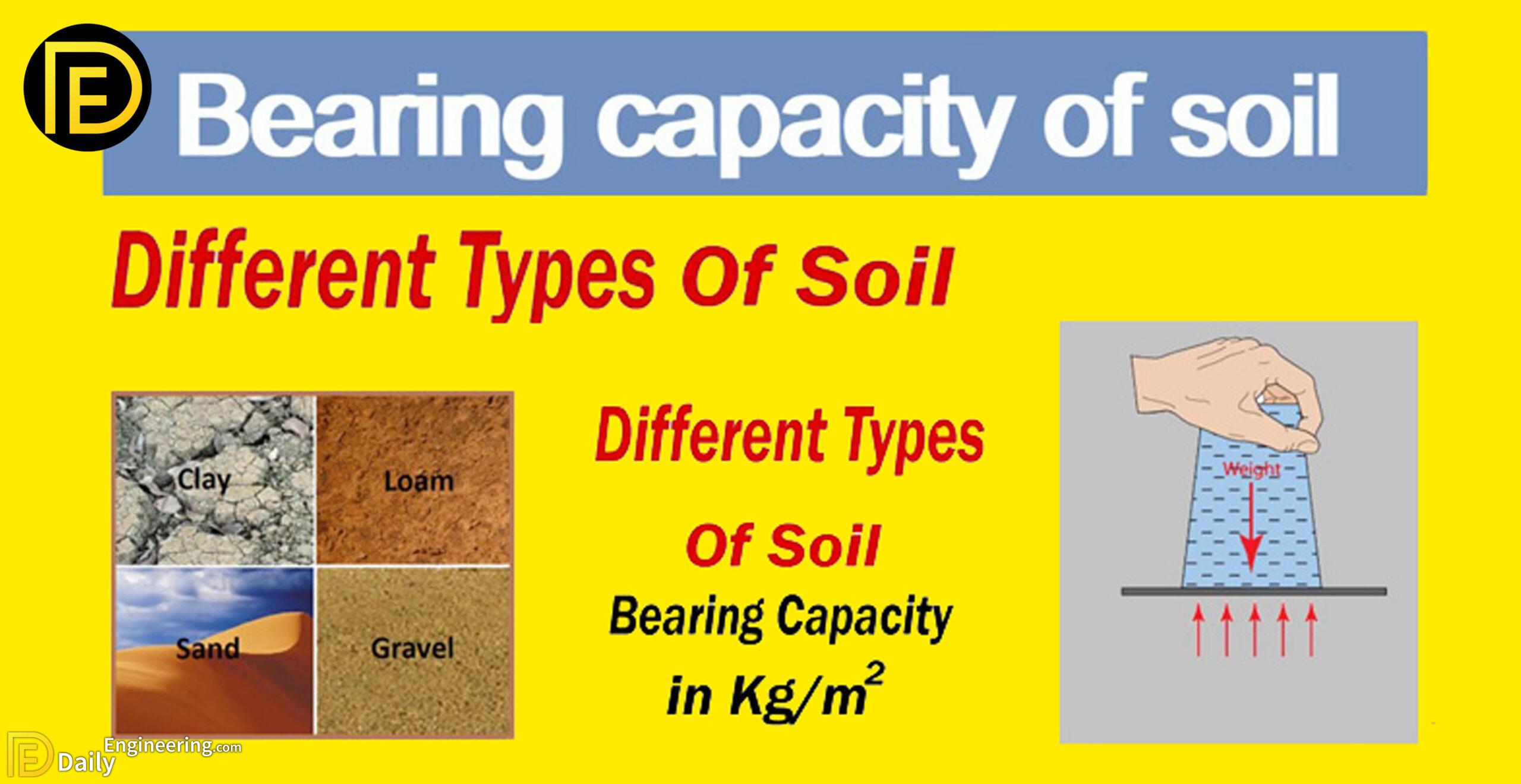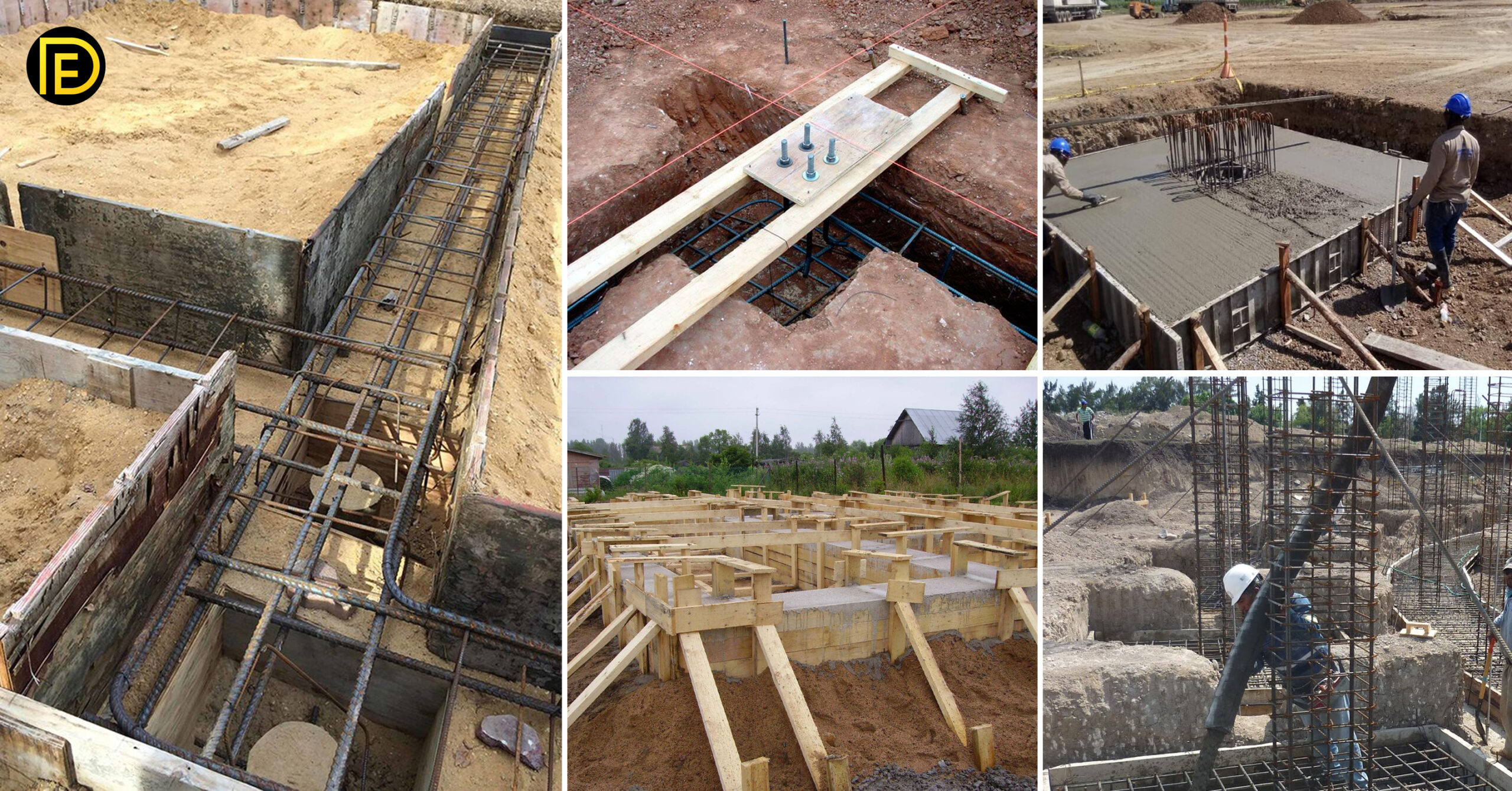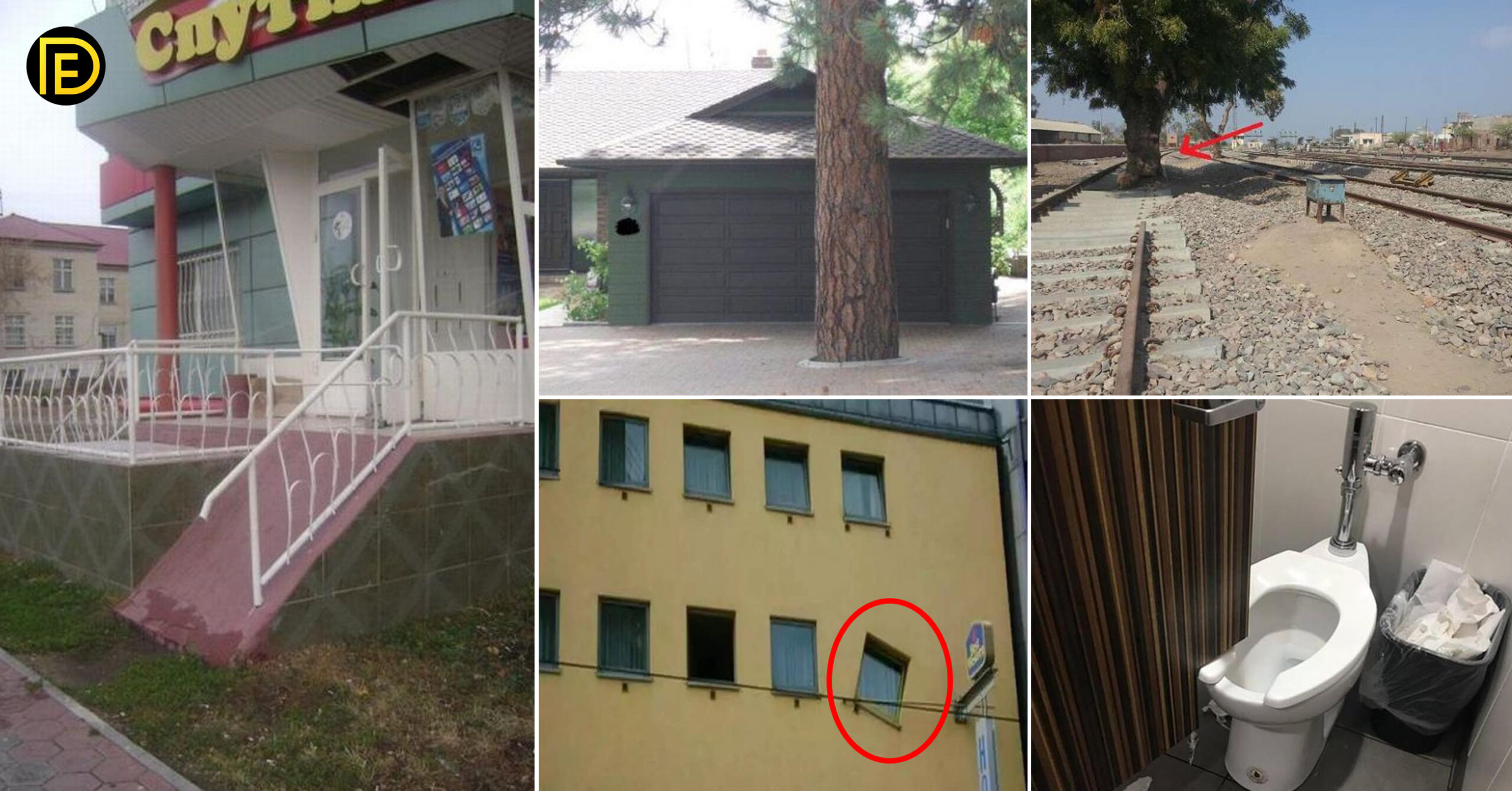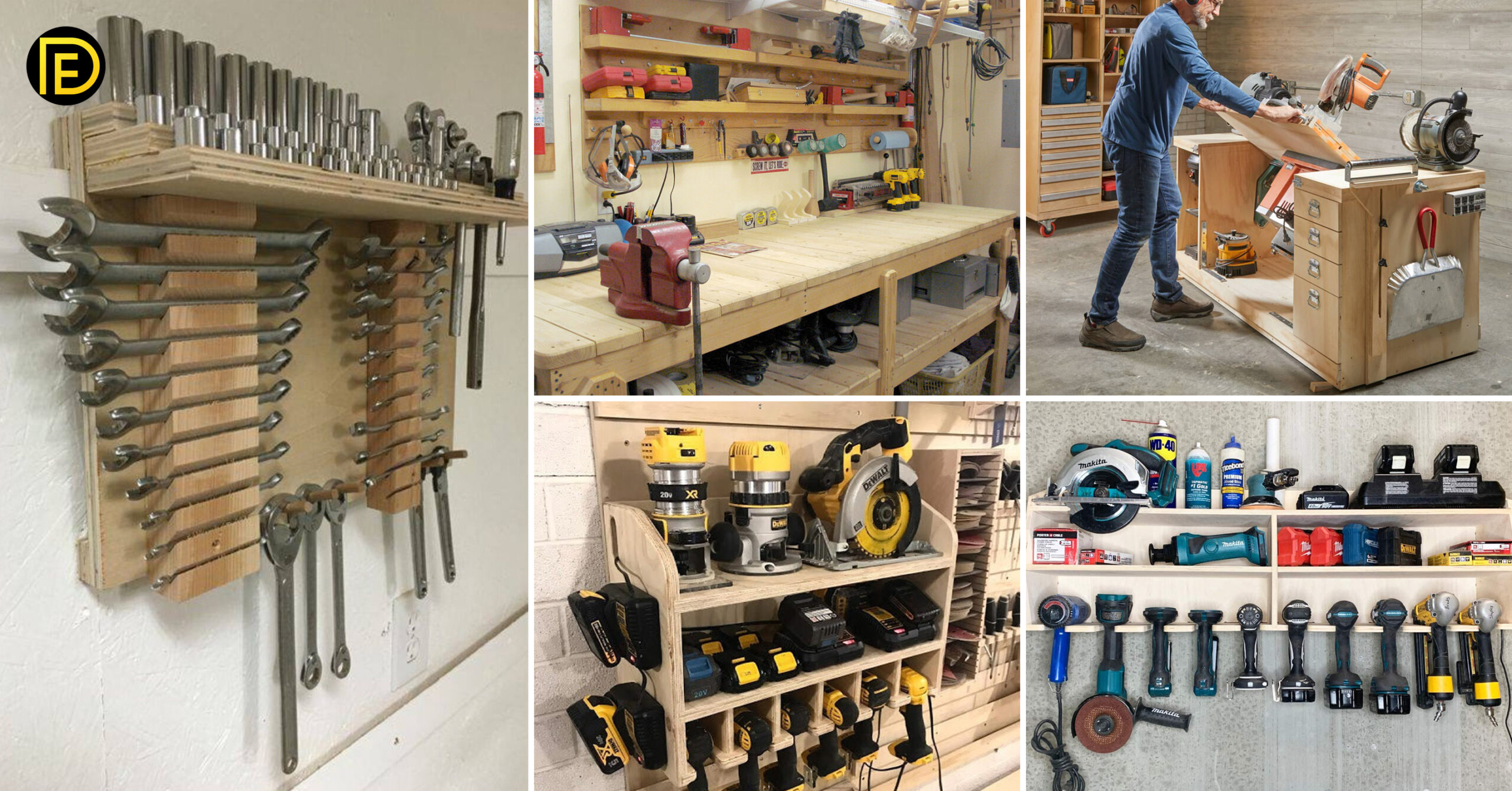Introduction
A beam is a structural element that primarily resists loads applied laterally to the beam’s axis. Its mode of deflection is primarily by bending. The loads applied to the beam result in reaction forces at the beam’s support points. The total effect of all the forces acting on the beam is to produce shear forces and bending moments within the beam, which in turn induce internal stresses, strains, and deflections of the beam. Beams are characterized by their manner of support, profile (shape of cross-section), length, and material.
Types of beams:
According to end support
1- Simply supported beam
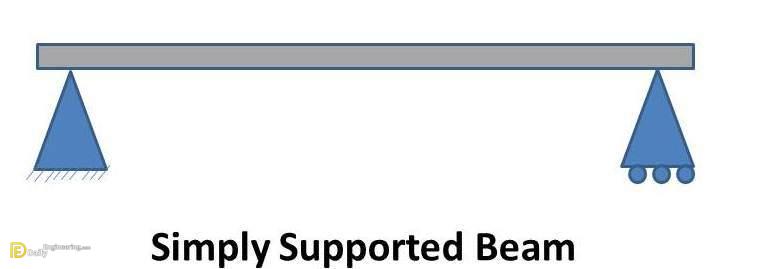
simply supported beam is supported at both ends. One end of the beam is supported by hinge support and the other one by roller support. This support allows the horizontal movement of the beam. Its beam-type undergoes both shear stress and bending moment.
2- Continuous beam
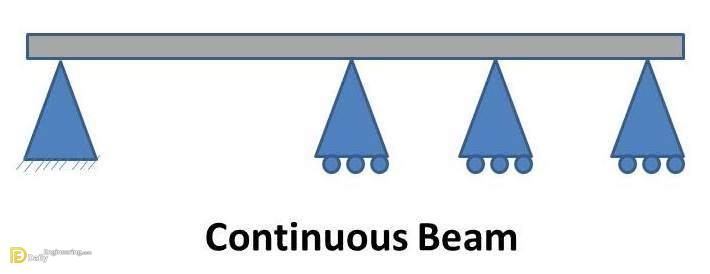
This beam is similar to a simply supported beam except more than two support are used on it. One end of it is supported by hinged support and the other one is roller support. One or more supports are used between these beams. It is used in long concrete bridges where the length of the bridge is too large.
3- Overhanging beam
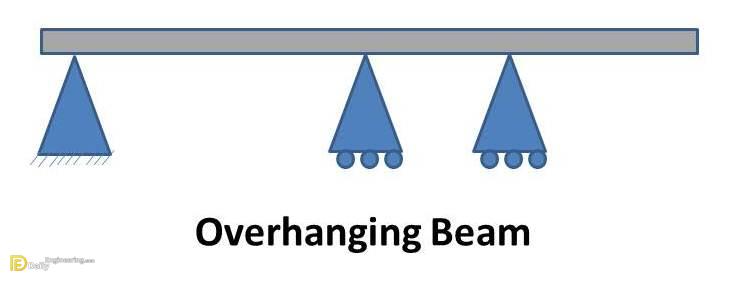
The overhanging beam is a combination of a simply supported beam and a cantilever beam. One or both of the end overhang of this beam. This beam is supported by roller support between two ends. This type of beam has heritage properties of the cantilever and simply supported beam.
4- Cantilever beam
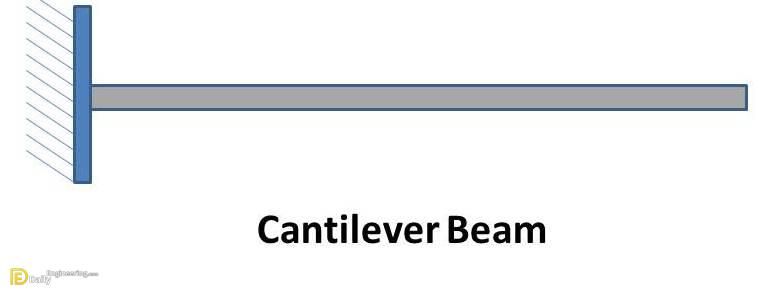
Cantilever beams a structure member of which one end is fixed and the other is free. This is one of the famous types of beam used in trusses, bridges, and other structural members. This beam carries a load over the span which undergoes both shear stress and bending moment.
5- Fixed-beam

This beam is fixed from both ends. It does not allow vertical movement and rotation of the beam. It is only under shear stress and no moment produces in these beams. It is used in trusses and other structures.
6- Double overhanging beam
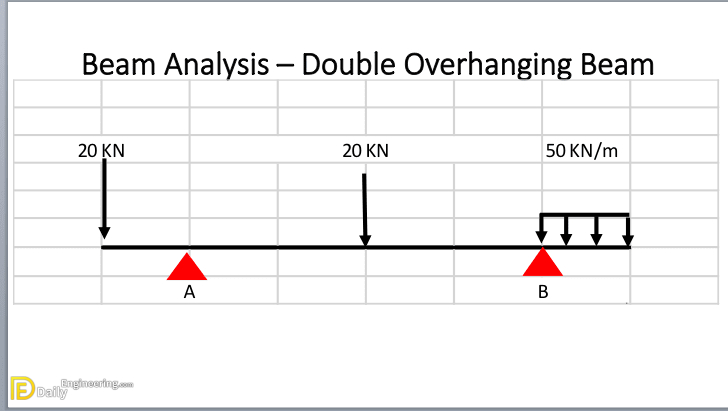
A simple beam with both ends extending beyond its support on both ends.
7- Trussed beam
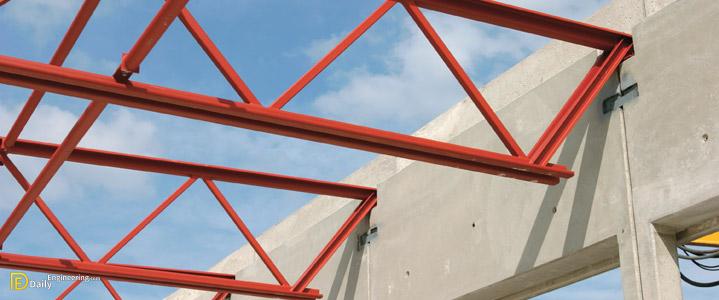
A beam strengthened by adding a cable or rod to form a Truss
According to the shape of the cross-section
1- I-beam
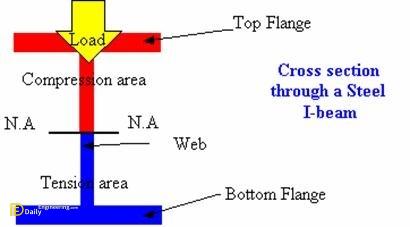
These beam types have I cross-section as shown in the figure. It has high resistance to bending.
2- T-beam
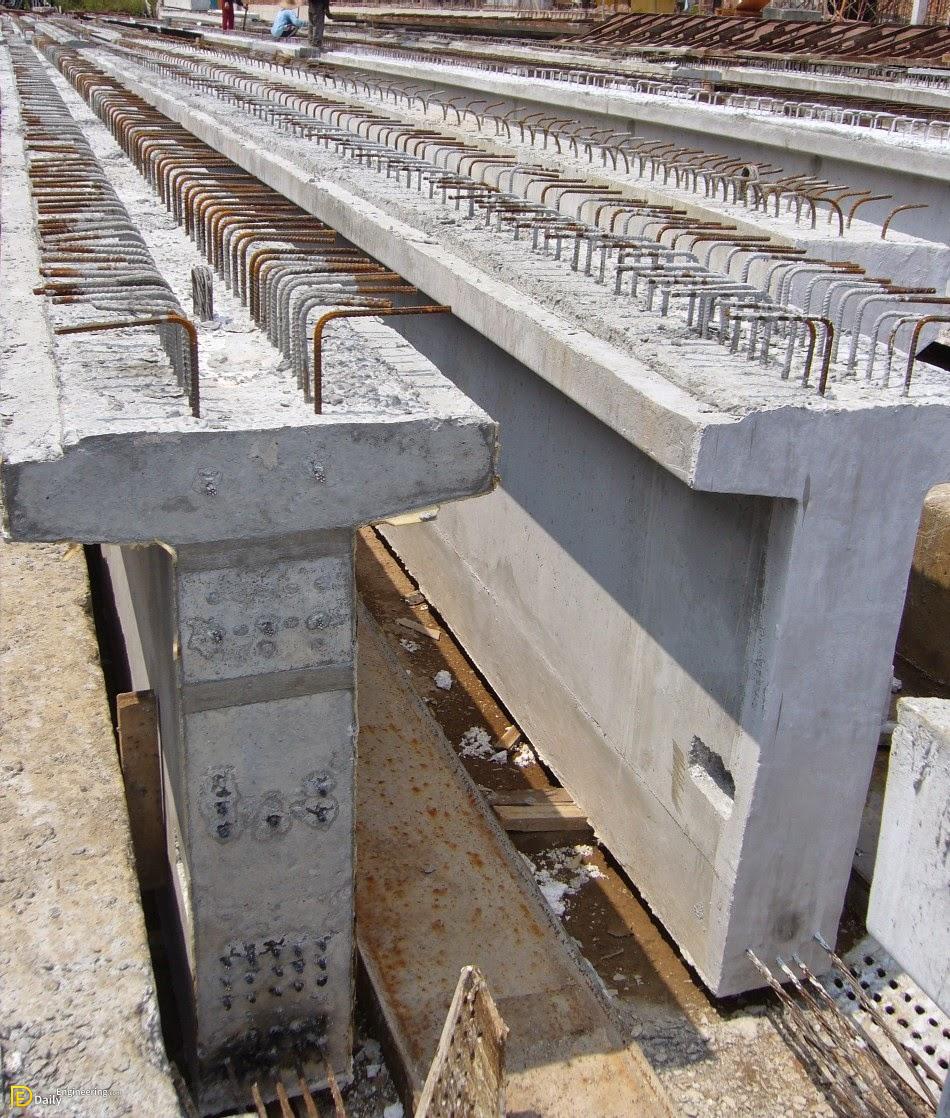
Beam with ″ T ″cross section.
3- C-beam
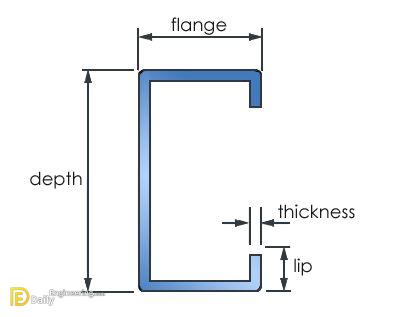
Beam with ″ C ″ cross-section.
Other types of the beam cross-section
According to an equilibrium condition
1- Statically determinate beam
A beam is called a determinate beam if it can be analyzed by the basic equilibrium condition. The support reaction can be found by using the basic equilibrium condition. These conditions are Summation of all horizontal forces is zero. The summation of all vertical forces is zero. The summation of all moments is zero. Example: Simply supported beam, Cantilever beam, etc.
2- Statically indeterminate beam
If the beam cannot be analyzed by using a basic equilibrium condition, known as a statically indeterminate beam. The end reaction finds out by using basic equilibrium conditions with a combination of other conditions like strain energy method, virtual work method, etc. Example: Continuous beam, fixed beam.
According to Geometry
1- Straight beam: Beam with a straight profile
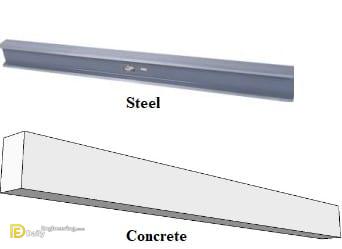
2- Curved beam: Beam with curved profile
3- Tapered beam: Beam with a tapered cross-section
According to materials
1- Concrete beam
2- Steel Beam
3- Timber Beam
Click Here To See What Is A Difference Between A Tie Beam And A Plinth Beam?


